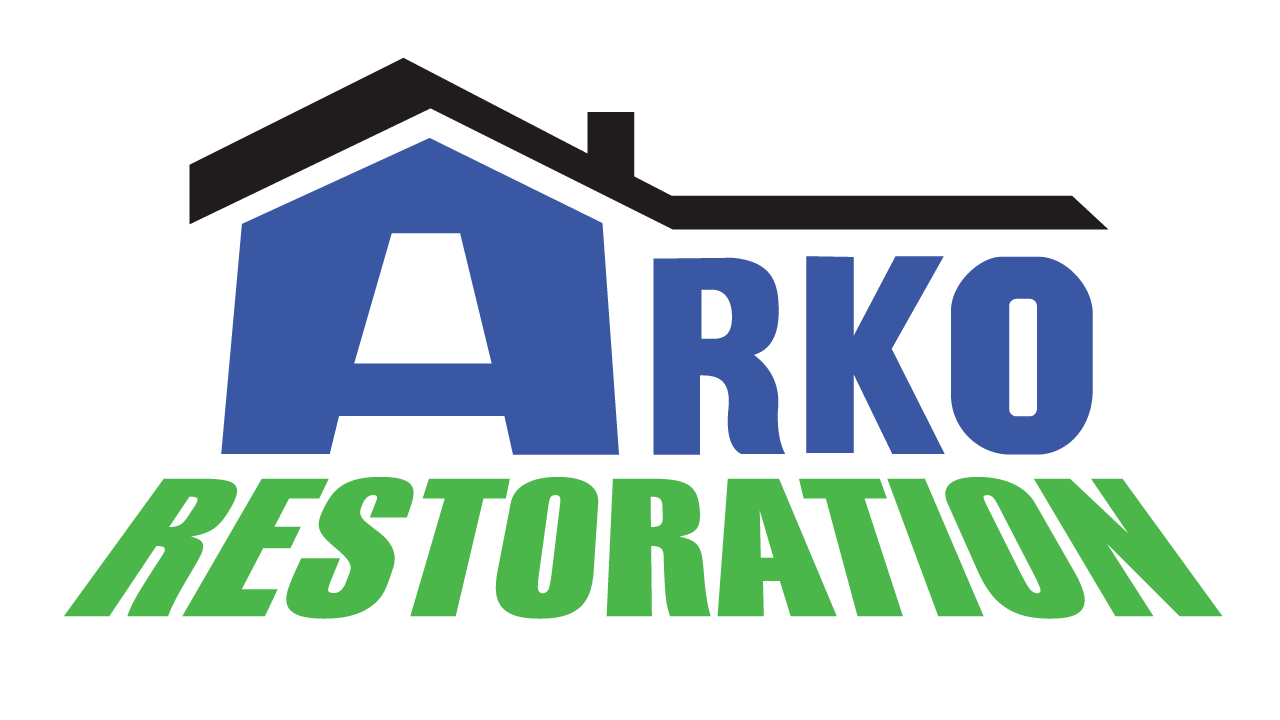Fire can leave behind devastating effects, not only on structures but also on cherished belongings and essential items. However, amidst the ashes, there is hope. Fire damage restoration companies specialize not only in rebuilding structures but also in salvaging and restoring important items that hold sentimental or practical value. In this informative guide, we delve into the intricate process by which these professionals breathe new life into treasured possessions. From heirlooms to electronics, furniture to documents, join us as we uncover the remarkable techniques and expertise employed by fire damage restoration experts to restore what matters most.
1. Initial Assessment and Inventory:
- Thorough Evaluation: Fire damage restoration professionals conduct a comprehensive assessment of the extent of damage to both structures and belongings, inspecting for smoke, heat, and water damage.
- Detailed Inventory: They create detailed inventories of all items affected by the fire, categorizing them based on the level of damage and restoration required, and documenting each item’s condition and location.
2. Safety Precautions:
- Protective Gear: Restoration teams prioritize safety by wearing appropriate personal protective equipment (PPE) such as gloves, masks, and goggles to prevent exposure to hazardous materials and contaminants.
- Work Area Safety: They establish safety protocols to secure work areas, including signage, barriers, and ventilation systems, to minimize risks such as structural instability or exposure to toxins during the restoration process.
3. Pack-Out and Storage:
- Careful Packing: Restoration experts carefully pack salvageable items for transport to off-site facilities, ensuring their protection during transit by using appropriate packing materials and techniques.
- Climate-Controlled Storage: Items are stored in climate-controlled facilities with controlled temperature and humidity levels to prevent further damage and facilitate optimal conditions for restoration, with proper labeling and organization to ensure easy retrieval.
4. Cleaning and Deodorization:
- Surface Cleaning: Belongings undergo meticulous surface cleaning using specialized techniques and cleaning agents to remove soot, smoke residues, and odors without causing further damage.
- Deep Cleaning: Fire damage restoration professionals employ advanced methods such as ultrasonic cleaning or dry ice blasting for deep cleaning of delicate or intricate items, ensuring thorough removal of contaminants.
5. Smoke Odor Removal:
- Odor Neutralization: Specialized equipment like ozone generators, thermal foggers, or hydroxyl generators are used to neutralize smoke odors embedded in items, breaking down odor-causing molecules at the molecular level.
- Air Purification: Air scrubbers and filtration systems are deployed to improve air quality and eliminate lingering odors in the restoration environment, capturing airborne particles and contaminants to prevent recontamination.
6. Document Restoration:
- Document Drying: Water-damaged documents are carefully dried using controlled methods such as freeze-drying or air-drying to prevent further deterioration and preserve their integrity.
- Mold Remediation: Documents affected by mold growth undergo specialized treatment to remove mold spores and prevent future contamination, including HEPA vacuuming, surface cleaning, and antimicrobial treatments.
7. Electronics Restoration:
- Assessment of Damage: Electronics are assessed for fire, heat, and smoke damage, as well as water damage from firefighting efforts, with thorough testing to determine functionality and safety.
- Drying and Cleaning: Specialized techniques such as vacuum freeze-drying and ultrasonic cleaning are employed to remove contaminants and restore functionality, with careful disassembly and reassembly by trained technicians.
8. Furniture Restoration:
- Structural Assessment: Furniture is inspected for structural damage, including warping, charring, and smoke residues, with repairs and reinforcement as needed to ensure stability and safety.
- Refinishing and Repair: Skilled craftsmen perform refinishing, repairs, and upholstery restoration to return furniture to its pre-damaged condition, with attention to detail and matching of materials for seamless integration.
9. Textile Restoration:
- Cleaning and Deodorizing: Fabrics such as clothing, linens, and upholstery undergo thorough cleaning and deodorizing to remove smoke odors and residues, with gentle washing and specialized treatments.
- Stain Removal: Specialized techniques are used to treat stubborn stains and discoloration caused by fire damage, including spot treatments, enzyme cleaners, and color restoration methods.
10. Art and Heirloom Restoration:
- Specialized Treatment: Artwork, antiques, and heirlooms receive individualized care and attention from restoration experts trained in delicate handling techniques, with meticulous cleaning and preservation.
- Preservation: Restoration professionals employ conservation methods to preserve the historical and sentimental value of these priceless items, including stabilization, repair, and protective measures such as UV filtering and archival framing.
With a focus on precision, care, and expertise, fire damage restoration companies restore important items to their former glory, providing homeowners with peace of mind and a sense of closure in the aftermath of a fire.
In the wake of a fire, the restoration of important items is not just about salvaging possessions but about preserving memories, history, and comfort. Fire damage restoration companies play a vital role in this process, employing specialized techniques and expertise to breathe new life into cherished belongings.
Through meticulous assessment, careful packing, and precise cleaning and restoration methods, these professionals work tirelessly to restore items that hold sentimental, historical, or practical value. Each item is handled with the utmost care and attention to detail, from documents to electronics, furniture to heirlooms.
Ultimately, the restoration of important items is about more than just physical restoration—it’s about restoring a sense of normalcy and hope for homeowners in the aftermath of devastation. By entrusting their belongings to the skilled hands of restoration experts, homeowners can find solace in knowing that their treasured possessions are in good hands.
In the end, the restoration process serves as a beacon of resilience and renewal, transforming tragedy into triumph and helping homeowners rebuild their lives one cherished item at a time.

